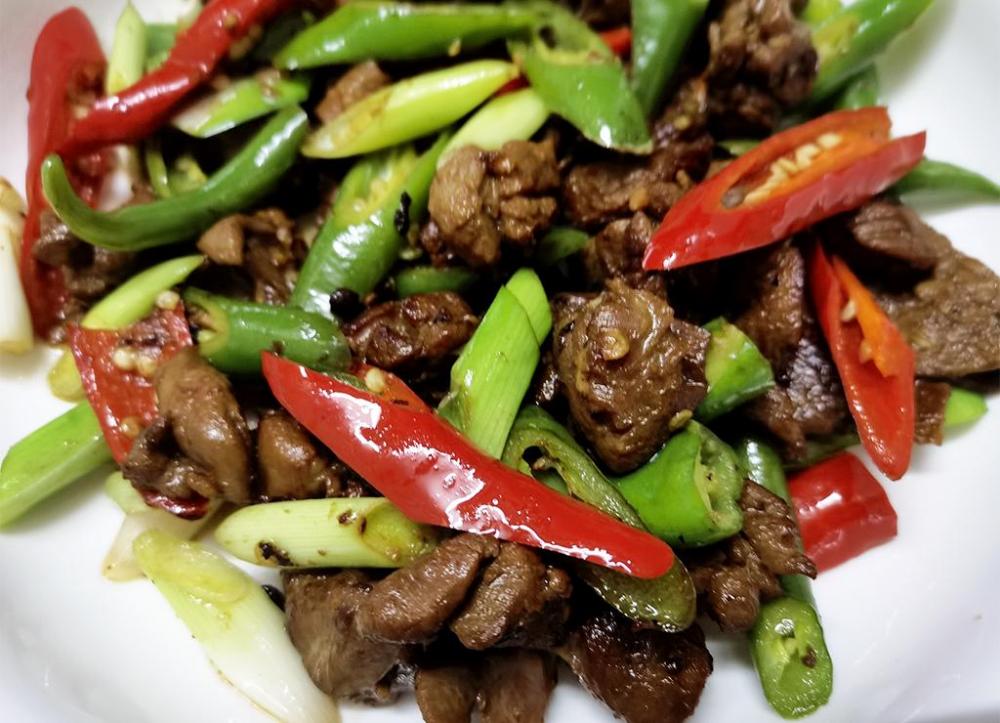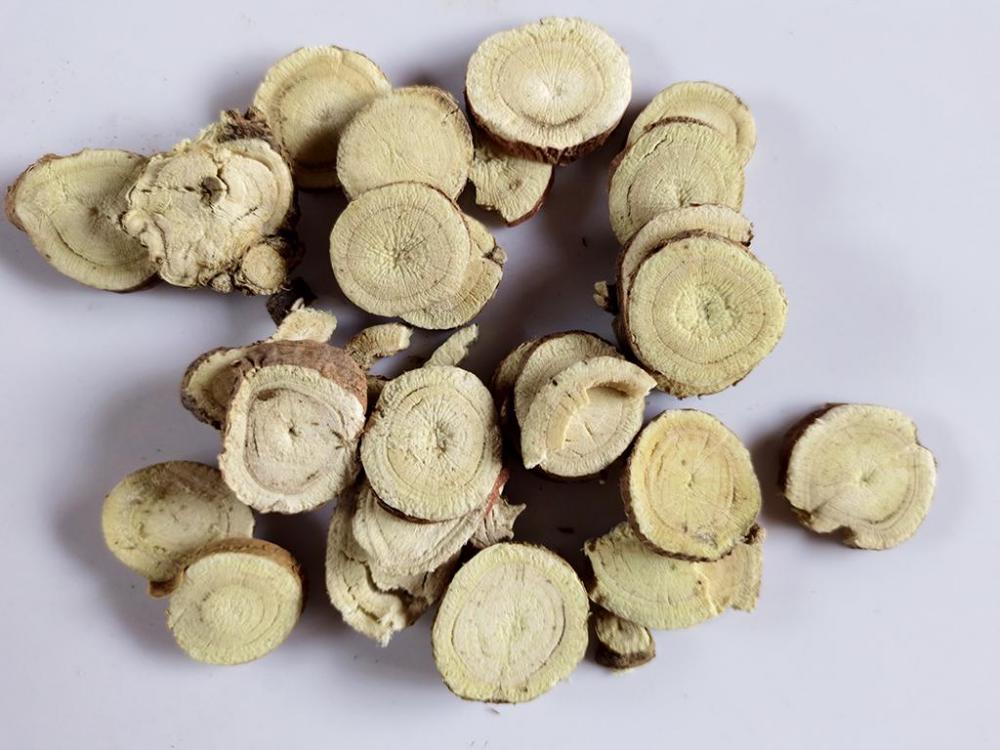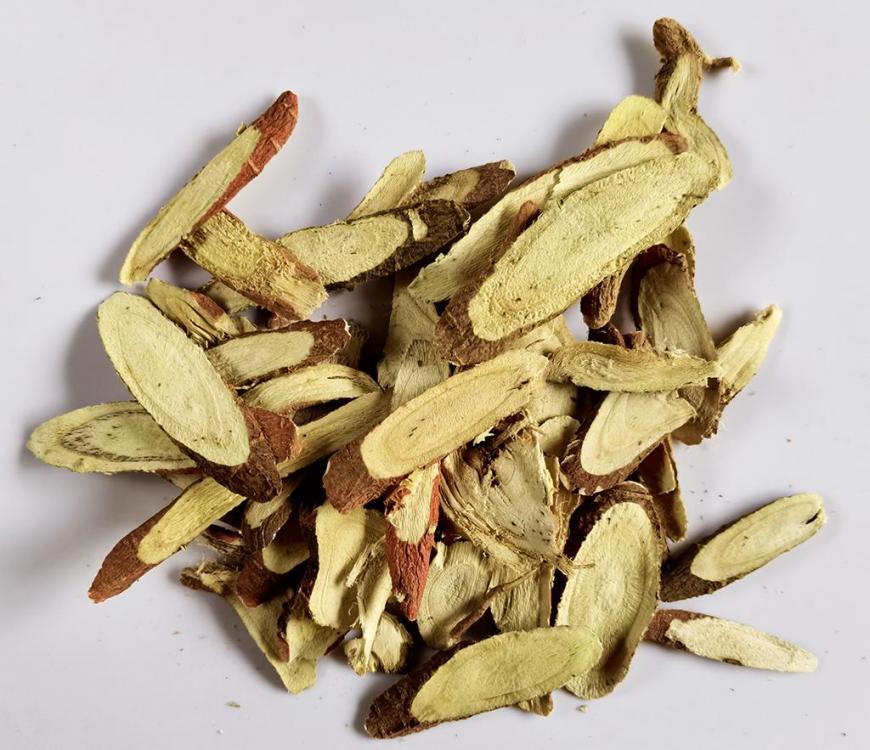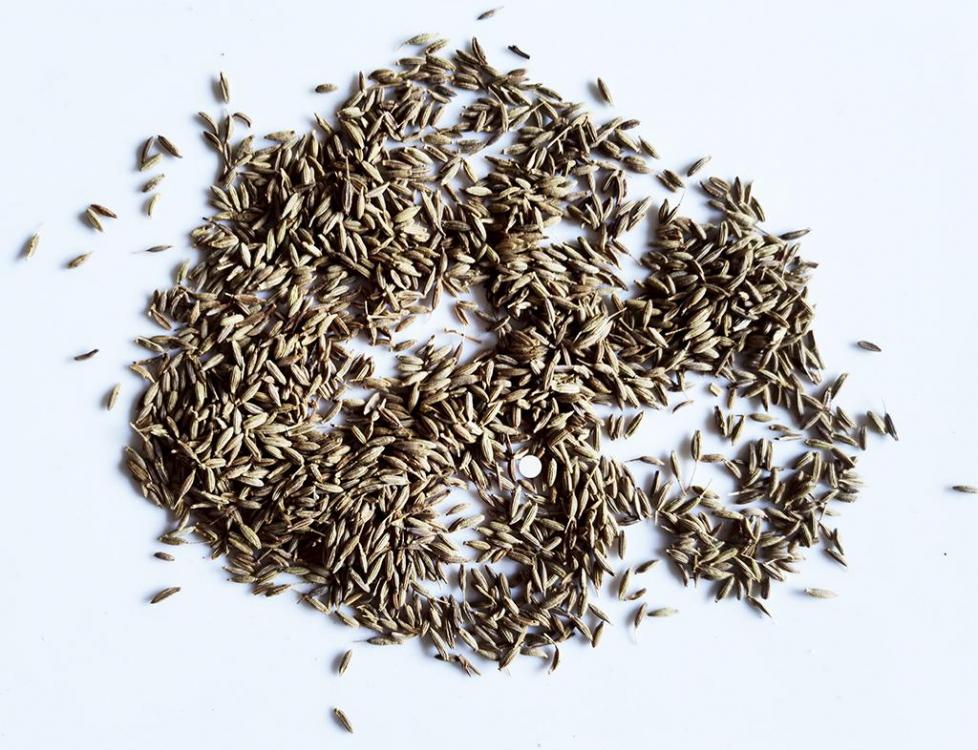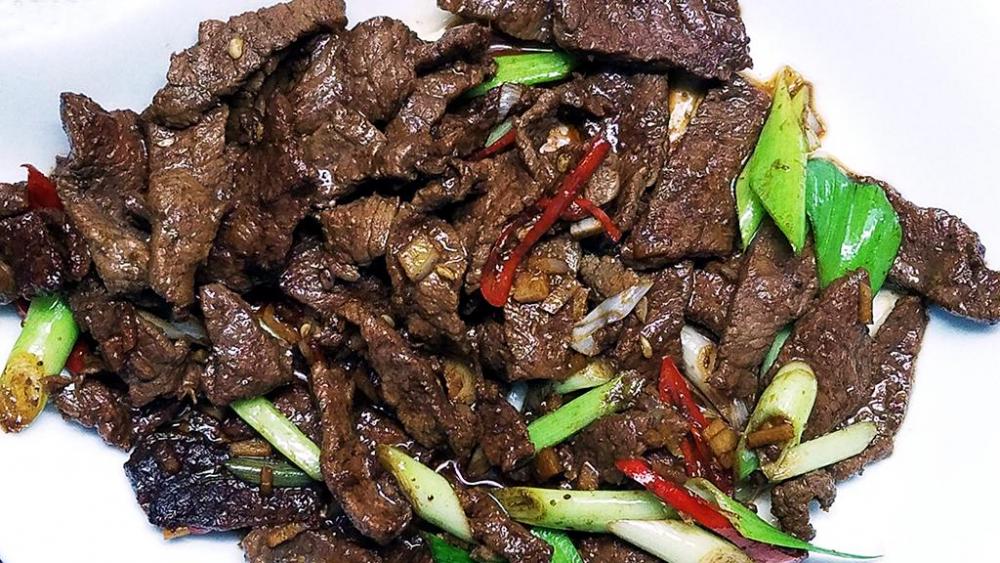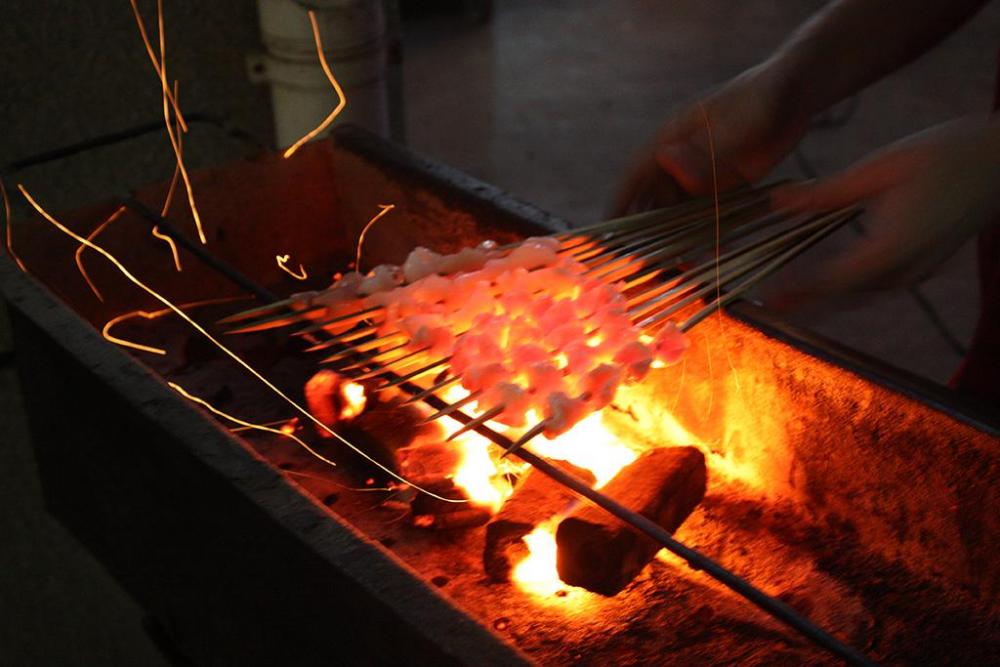-
Posts
16,658 -
Joined
-
Last visited
Content Type
Profiles
Forums
Store
Help Articles
Everything posted by liuzhou
-

Old Godmother - The story of the Lao Gan Ma Lady
liuzhou replied to a topic in Food Traditions & Culture
The story, as given, is incomplete. In 2011, Tao retired and her son took over the company. At some point around 2016, he decided to cut costs by using cheaper chilli from Henan Province, rather than the original Guizhou chillis. Sales started to fall and in 2019, Tao Huabi came out of retiremement and retook the reins, restoring the original recipe. She remains in control. -
9. 陈皮 (chén pí) - Orange / Tangerine Peel You may not think of orange or tangerine peel as an ingredient in your dinner. You might not think of it as a spice. The Chinese disagree. Dried orange peel is a common ingredient in many dishes, used just like any other spice. When you think about it many other spices are the peel of something. Tangerine Peel Drying on my Balcony I can buy dried peel in every supermarket and market, but more often I dry my own. It couldn’t be easier. As you peel your oranges or tangerines or satsumas etc, after the eating the fruit, scrape away as much of the pith as you can from the peel and then leave the peel in a sunny spot until it turns hard. You could, of course, dry it in a low oven I suppose, but we don’t have ovens here – high or low. Once dry and hard, stick it into a suitable airtight container and that’s it. It keeps for years. I have some here at home which is about 5 years old. I opened the container about 20 minutes ago and was hit by the scent of oranges. In fact, the older stuff is more valued in many dishes. The peel is used in many hot pots and stews, but also in stir-fries. I used it last night in this dish. More on that here. There is no need to soak the peel before adding to braises, but for stir fried a short soak in warm water will soften it in minutes. I normally remove it from braises before serving.
-

Old Godmother - The story of the Lao Gan Ma Lady
liuzhou replied to a topic in Food Traditions & Culture
Sorry. Yes what I wrote was a bit ambiguous. It's 2.30 am here, so my clarity levels are low. -

Old Godmother - The story of the Lao Gan Ma Lady
liuzhou replied to a topic in Food Traditions & Culture
I meant the story is interesting. -

Old Godmother - The story of the Lao Gan Ma Lady
liuzhou replied to a topic in Food Traditions & Culture
What more do you want to know? She immediatley got the hots for me and gave me a life-long supply of free chilli sauce? -
You bought a garage from Amazon⁈ How much was delivery?
-

Old Godmother - The story of the Lao Gan Ma Lady
liuzhou posted a topic in Food Traditions & Culture
Here is an article on the history of Laoganma crispy chillli sauce and, more importantly, the extraordinary woman behind the product but the woman on the front of every jar. It gets a bit propaganda-ish at the end, but ignore that. I have met her and she seemed as miserable as she looks in all her photos. But still interesting. -
You know what they say about the 1960's. "If you remember it, you weren't there!"
-
-
@Tropicalsenior I don't recall it at all, but It was restricted to a relatively small area. I don't think it had much, if any, effect on bacon availabilty to the extent that we were wolfing down canned bacon in desperation! Again no one I have spoken to remembers that.
-
All the Jasmine rice here is imported from Thailand, Cambodia and Laos. Most is Thai. It is about three times the price of most local rice varieties, but I don't care! It's three times better! I'll check the exact prices in the place I buy my rice, tomorrow.
-
I don't know for sure, but I'd guess so. It is grown across southern China in Guangdong; here in Guangxi; and in Yunnan where the Dai people live. it's not particularly common here, but I can get it.
-
I don't recall any outbreak of disease among pigs in the 1960s, nor can I find anything online referring to that. Perhaps you are thinking of so-called "mad cow" disease, but that was 1980s and as the name suggests affected mainly cattle, but also 177 people died. Later, in the early 2000s, there was an outbreak of foot and mouth disease, but that affected mostly cattle and sheep, although some pigs were involved.. The two largest suppliers of canned bacon seem to have been Yoder's (Ohio - based) and Plumrose (Chicago based, but now owned by JBS in Brazil, who acquired the company in 2017.) Danish bacon was certainly sold in the UK in the 1960s, but no one I have spoken to recalls canned Danish bacon.
-
No, it doesn't change colour. Most licorice products contain other ingredients (actual licorice content can be a low as 3%). so those may determine the colour, but I really don't know.
-
Hunan influenced duck. I de-boned two duck legs and cut them into bite size pieces. (Skin and fat was rendered down and is in the fridge for other uses.) I marinated the meat for about an hour and a half in Shaoxing wine and light soy sauce, with a little salt. Choppped some garlic and ginger, fried that in rice bran oil, then added the duck and a splash of dark soy sauce for colour. Also added Sichuan peppercorns and dried tangerine peel. Then added the braising liquid. After 30 minutes braising, I drained off the liquid. Then cut up the green and red chillies and some scallions. Stir fried the drained meat with the chillies and scallions, then served. Very spicy, but sublime, if I say so myself! Served with a side of stir-fried water spinach and rice. Secret ingredient: the braising liquid was the local beer.
-
Britain has streaky bacon, too. The only difference is that we call it 'streaky bacon'; not 'bacon'. I often use bacon in my burgers - always streaky. I like to use lean beef and streaky bacon minced together so that the bacon provides the fat content. The beef here is seldom fatty.
-
I'll answer that later elsewhere, if you don't mind. It will be off-topic here.
-
You don't believe that "British bacon isn't like this" because you ate Danish bacon⁈
-
Believe whatever you like. The fact is that in almost 70 years of being British, I have never eaten canned bacon; nor do I recall ever seeing it. However a little research does indicate that what little canned bacon is sold in UK, is and has been imported. From the USA!
-
8. 甘草 (gān cǎo) – Liquorice / Licorice – Glycyrrhiza glabra / Glycyrrhiza uralensis 甘草 (gān cǎo, literally 'sweet grass') is the root of a leguminous plant containing compounds similar in taste to anise although the two plants are only very distantly related. It is widely used in Chinese confectionery as an “artificial” sweetener. The sweetness comes from glycyrrhizic acid, which is between 30 and 50 times sweeter than sugar. Like most of the herbs and spices mentioned here it is also used extensively in Traditional Chinese Medicine (TCM), particularly in the form of a 'tea' made from the root plus other strange roots and what not. But it is its use in cooking in which we are interested. These small slices of the root are often added to hot pot broths and to many noodles dishes, including the very popular Lanzhou beef noodles and Liuzhou's signature 螺蛳粉 (luó sī fěn - river snail noodles). In case you get bored by the cross-sectional cuts, they sometimes slice it laterally. I rarely use it in my own cooking.
-
7. 孜然 (zī rán) – Cumin – Cuminum cyminum These, the seeds of a herbaceous plant, are probably China’s most used spice. Apart from being a key ingredient of some five-spice powders, it is used in a variety of other ways. Perhaps most famous are the lamb (and other meat) kebabs (羊肉串 - yáng ròu chuàn) from China’s far west. These are available, grilled over charcoal burners, in roadside night markets in almost every city. Small pieces of fatty lamb (or mutton) are threaded on to sticks and grilled. As they cook, the vendor lavishly sprinkles them with cumin and chilli. Another well known dish, available all over, is Hunan Cumin Beef (孜然牛肉 – zī rán niú ròu). This, I often make at home. It’s a simple dish of fried beef with cumin and copious amounts of green and red chillis. Not one for the chilli wimps. Cumin is sold here both as whole seeds and pre-ground. As always, I recommend buying the whole seeds, lightly roasting them in a dry wok immediately before using and grinding them yourself, either with a mortar and pestle, as I do, or in an electric grinder. The pre-ground stuff, if not already stale by the time you buy it, will lose its flavour very rapidly.
-
花生糊 (Mandarin Chinese: huā shēng hú; Cantonese: faa1 sang1 wu4*2), literally 'peanut paste' is a Cantonese dessert, so yes, it is Chinese. That said, it is not a common dish, mainly being restricted to Hong Kong and Gaungdong Province where Cantonese is spoken.
- 1 reply
-
- 2
-

-

-
I'd agree. Among the Dai people it would be sticky rice. Among the Han majority, maybe; maybe not. Away from Yunnan probably regular "steamed" rice (which is seldom actually steamed). Jasmine rice is very rare in restaurants in China. Too expensive!
-
Will do later. Not at home right now.


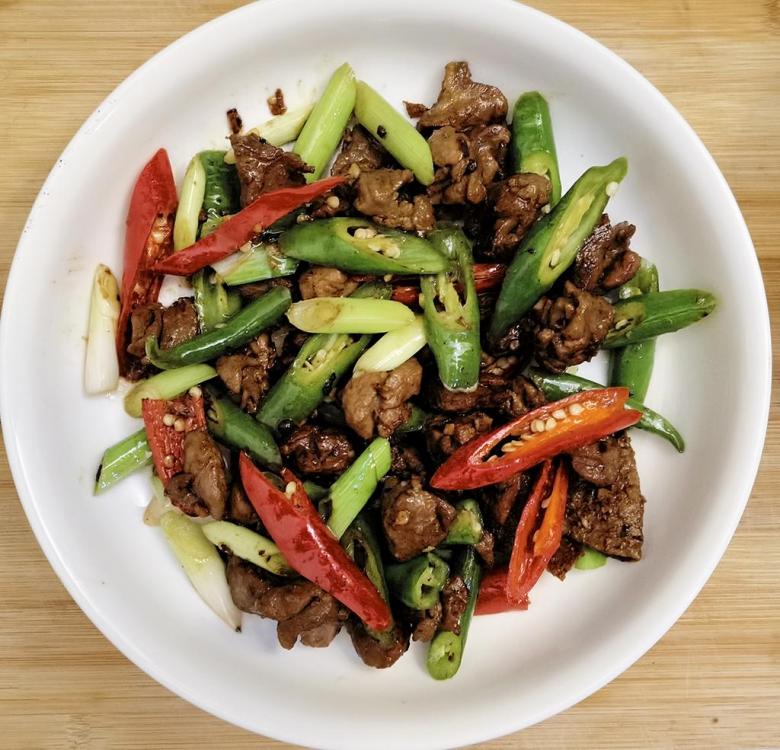
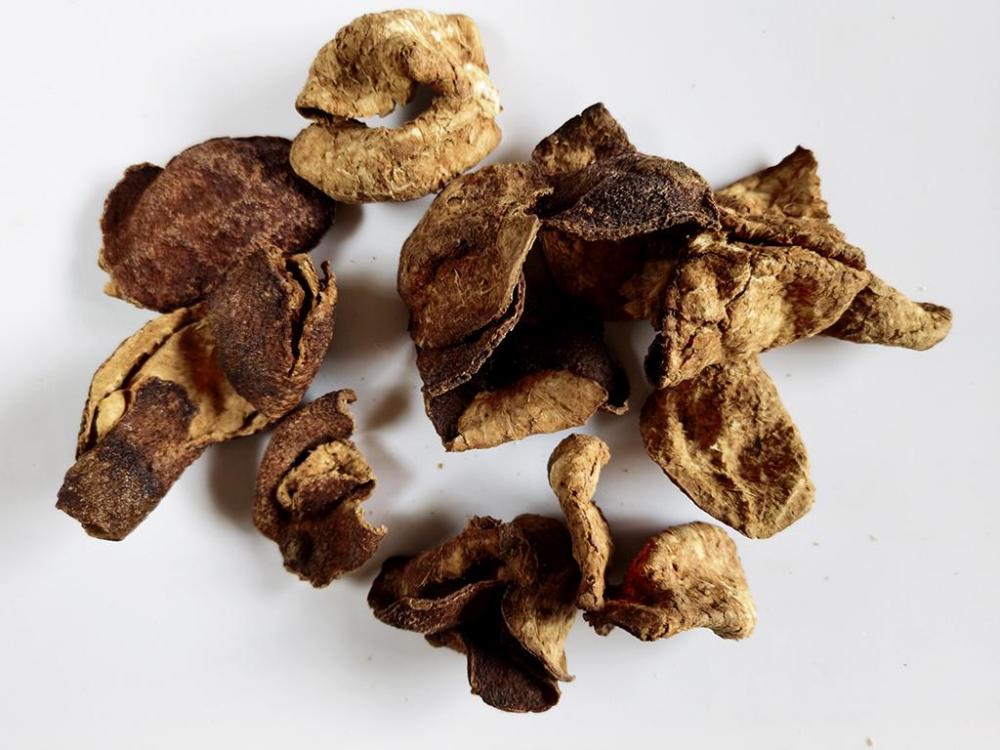
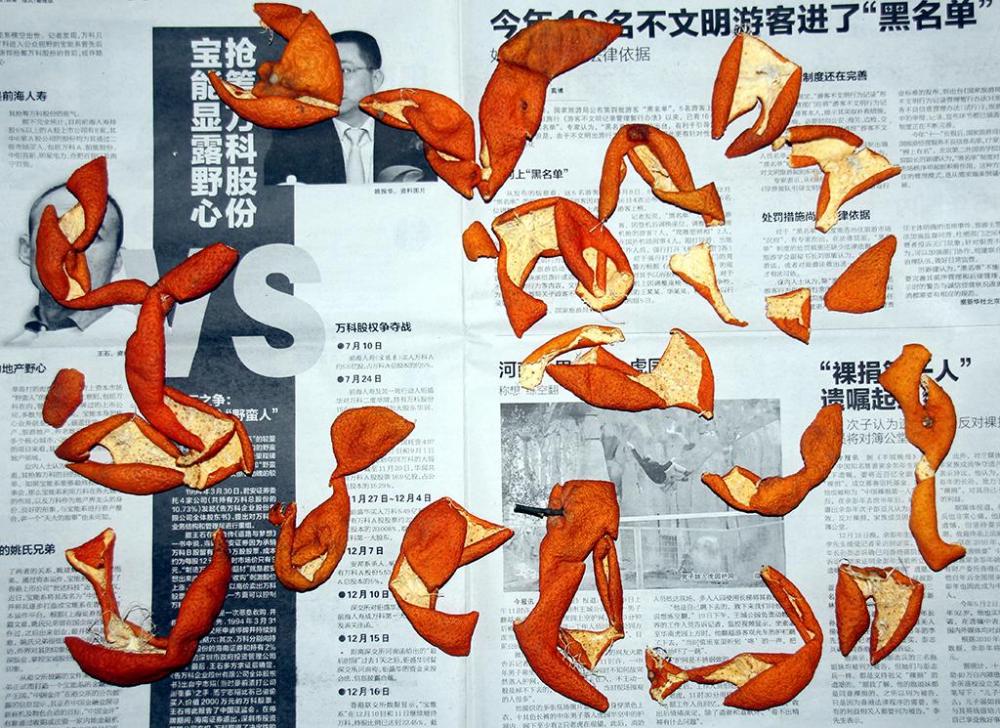


.thumb.jpg.ff2c933b50efe62817a3cc18d35d6710.jpg)



